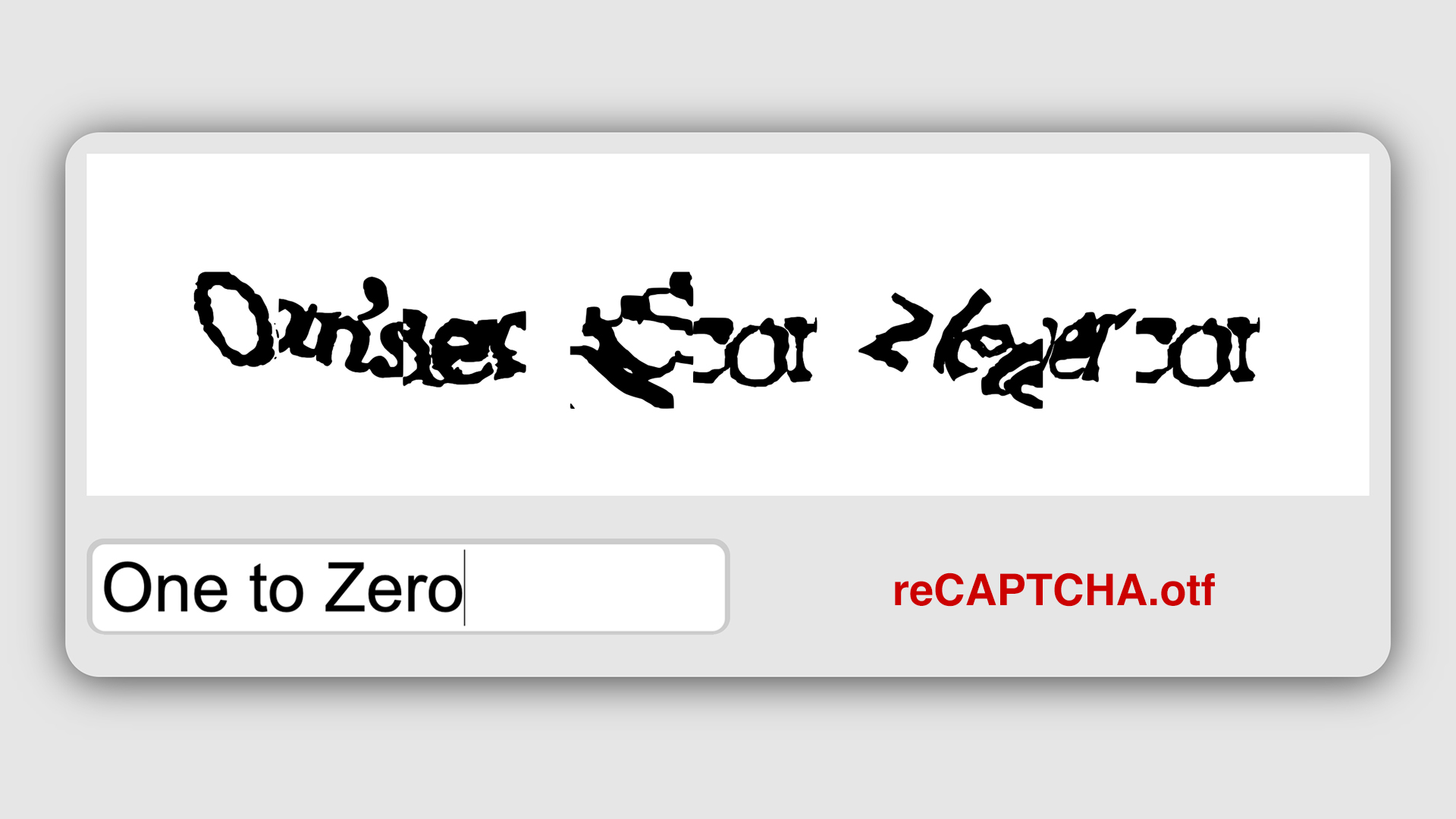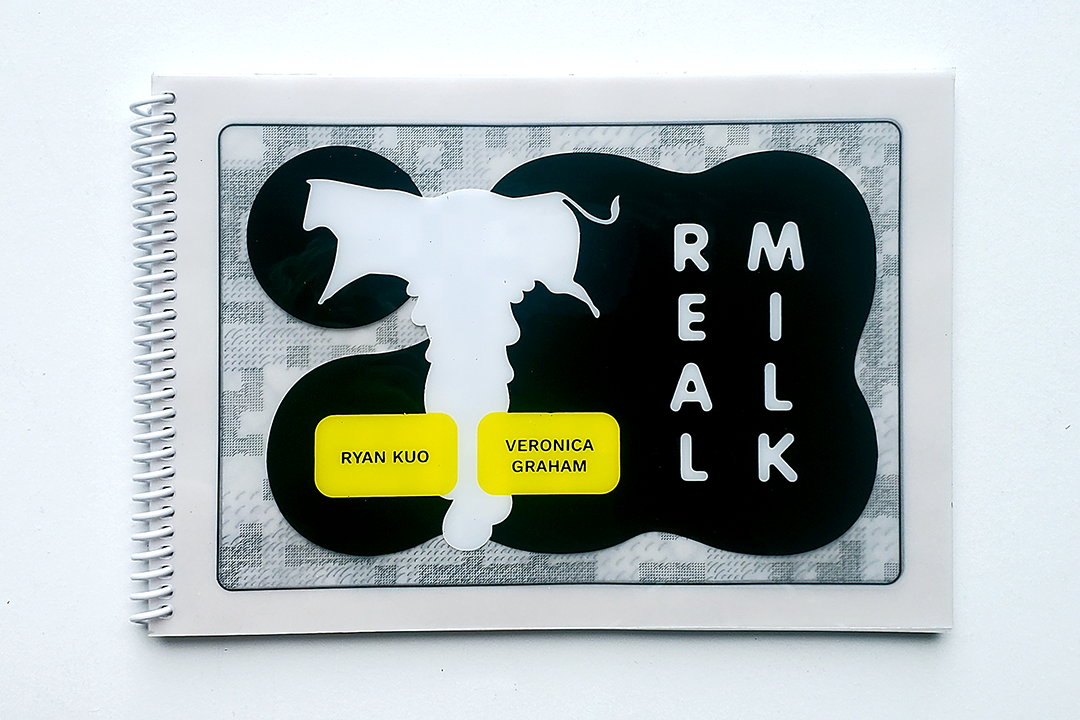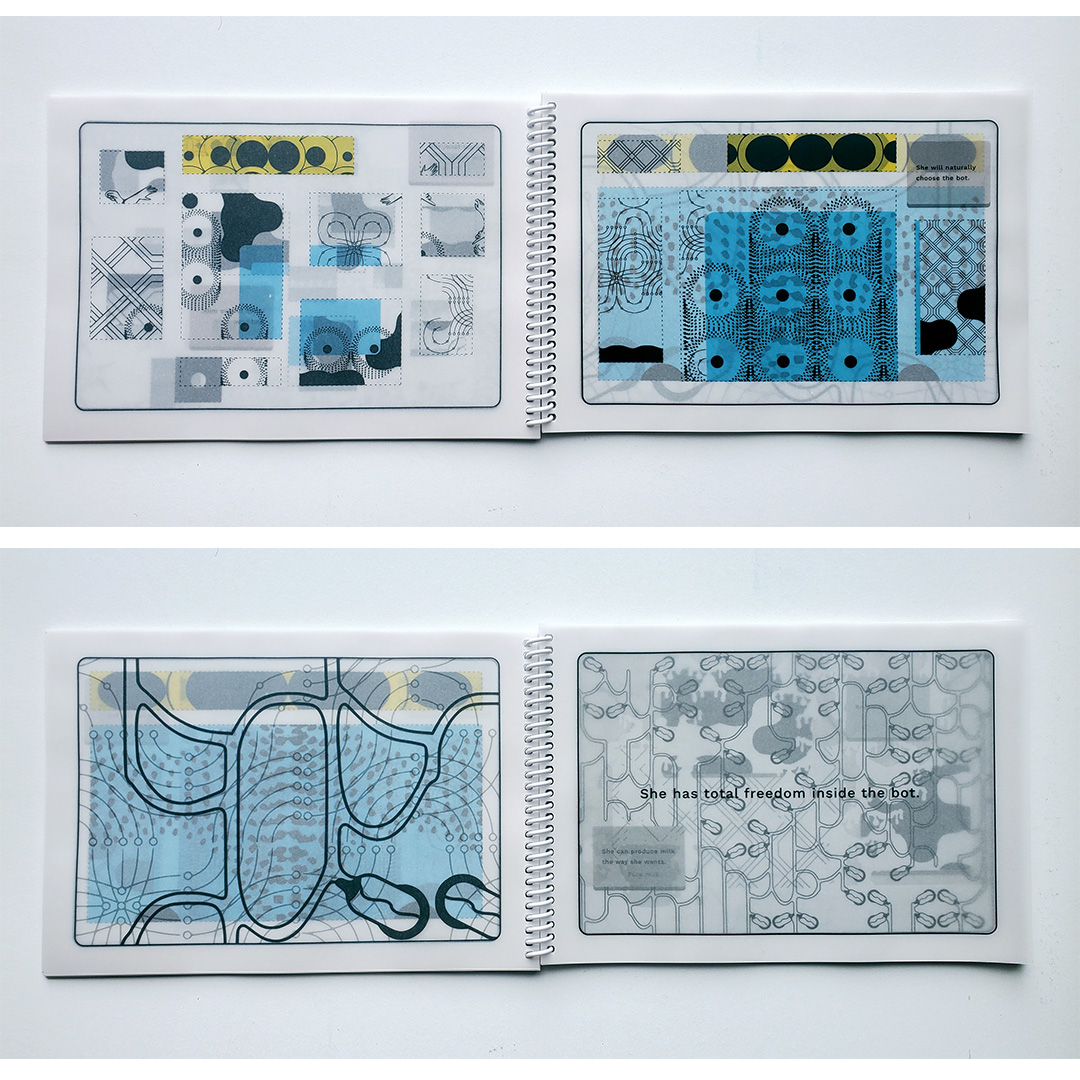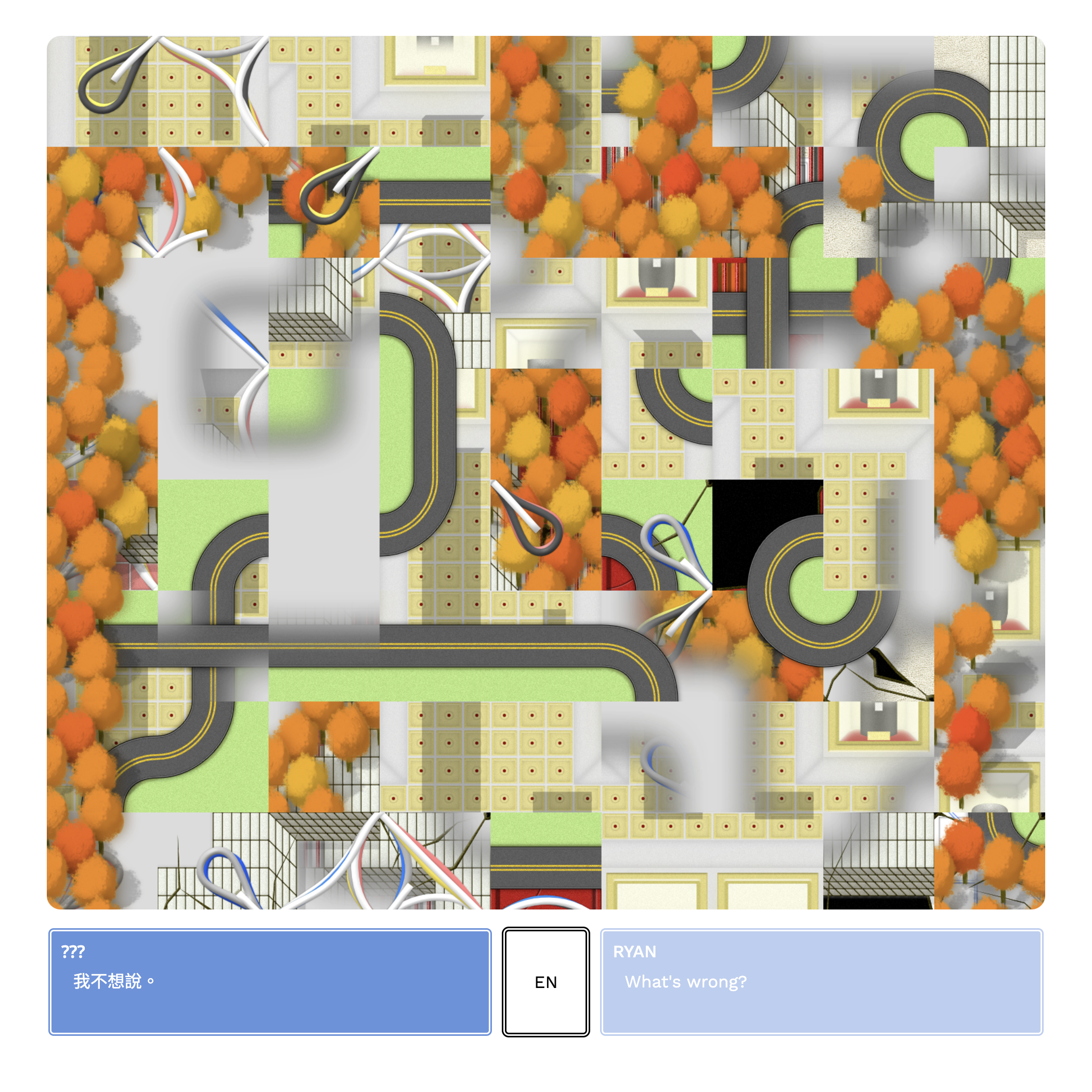One to Zero
Feral File
Apr 22 -

One to Zero is a group show on Feral File that I co-curated with Viktor Timofeev.
The exhibition title One to Zero reverses the tech-startup concept of "zero to one," in which the entrepreneur charts a path from being financially empty-handed to monetizing the future. We all saw that big-boy bubble burst somewhere between a plague and an invasion, its soiled product narrowly missing the bin. Such a downturn is felt as a deflation in the air, the word smelling like austerity, spare means, a foul order breaking down. Rather than trying to reassemble the broken money machine, this show proposes slowing down—if not outright stopping—at the brink of a theoretical high.
To take a deflationary approach is to manifest the contradiction of making and sharing digital artwork today. One must have technical literacy and artistic sensitivity to the technology—all while attending to a growing pressure to find the money hidden inside the medium. At times the artist’s effort may consist entirely of fighting to fit the format of their chosen platform. How does the market look today? Do the individual goods add up to a meaningful whole?
...
Each work in One to Zero employs a mechanism—crossing symbolic, computational, and natural systems—whose jumbled output one can read, even as its viability to the money machine is unclear. Together, the works spell out an unspoken rule: that digital artforms today can and must answer to multiple callers, using means that can scarcely address their full meaning.
Featuring 26 editions of work by Laura Brown, Mira Dayal, Ryan Kuo, Dirk Paesmans, Adriana Ramić, Laurel Schwulst and Sydney Shen, Viktor TImofeev, and Damon Zucconi.

My contribution to the show is Downtime, a browser-based piece with a strong emphasis on audio.
4.22.24
Real Milk publication
My collaboration with Veronica Graham, who runs the art and design studio Most Ancient, is released today.
Real Milk is an experimental comic inspired by real-life “smart” dairy farms where cows milk themselves and produce better milk because they set their own schedules. The book is screenprinted on Dura-Lar and acrylic and digital offset printed on vellum, making it translucent from front to back.


Real Milk debuts tonight at SF Art Book Fair. It will also be present at Printed Matter’s LA Art Book Fair 2023, and is available at the Most Ancient shop.
7.13.23
Programmable Life
The final piece of the Puzzle commission is this interview on M+ Magazine with the co-curators, Kerry Doran and Kate Gu.
Doran: Language, (mis)translation, and (mis)understanding are central to Puzzle. How did conversations from your life inform the dialogue in the work?
Kuo: Many of the dialogues are (mis)quoted directly from memory, but others only ever happened in my mind. All were written from a bilingual mindset, with valuable help from Zhong Yuling, the editor at M+. For me, each dialogue is already broken, as I lost fluency in my mother tongue very early on. Like many immigrants, my family and I communicate across more than one language. This is why the displayed text is a combination of Chinese and English, no matter which language is selected.
In either case, the language is not complex. More meaningful than what the words signify is how their intentions move against or past each other, and get caught up in ever-tightening knots or completely bypass mutual understanding. The feelings in that sense are more complex and vividly recalled, and they necessarily exceed syntax. This work wants to communicate the feelings that remain after language is gone.
[...]

Read the interview.
5.3.23
Artist Profile: American Artist
I interviewed American Artist for Rhizome, continuing a conversation that began in 2018 at our talk Black Stroke, White Fill at Bitforms Gallery (a closing event for my show, The Pointer).
RK: What's unsaid but apparent in Sandy Speaks is that Sandra is speaking from someplace beyond the logical frameworks of AI and user interfaces, where cause and effect hold no water. In what ways are the incongruities between a work's format and premise, its reality and ours, instrumental to you?
AA: I’m trying to do a bit of alchemy, or make more than what appears, become present. The art object is something to hold onto, but there’s an additional thing that goes on inside you when you encounter the work. Sometimes to create that feeling, or to arouse that concept, the thing in front of your face has to be mostly unfamiliar.
It’s interesting that you bring up causal relationships, because they are so central to computer programming. I often teach Wendy Chun’s essay On Software, Or the Persistence of Visual Knowledge which draws a connection between programming and ideology. Part of what she describes is the way computer users believe that when they click their cursor on a folder, the folder will open. There is a causal expectation that each time you do an action there will be a specific outcome. The pleasure attached to that expectation is what makes people invested in using digital devices. But there’s actually no reason for us to have such an expectation with our actions on a computer. She equates it to pure faith.
I think there is a similar thing that goes on in society and politics. Many people believe if you follow the law, if you pray to God, if you do things in a particular way you will live a good life. But I think what comes out of Afropessimism is this particular contradiction, it reveals that that is not the case, you can do all those things and still be killed just because you’re Black. And for that reason I think many Black people don’t subscribe to that logical reasoning that you described.
[...]
Read the profile.
4.20.23
Family Atlas
Maryam Monalisa Gharavi writes an epistolary response to Puzzle for M+ Magazine.
But if before I had marveled at the effect of advances in mobile phone technology on long-distance family communiqués, I now felt awed by the sense of openness and safety of that correspondence. The child’s congruency between what he felt and how he expressed it was an advancement all its own. The securely attached child, to use a phrase from the psychodynamic relational model, retains assurance that you will be there. A superior emotional infrastructure has quietly emerged. No one should take it for granted.
[...]
Does puzzle then mean to obfuscate deliberately, for the sake of the ruse? Or does puzzle imply that obfuscation is inherent and constitutional, as inviolable as genetics?
3.10.23
